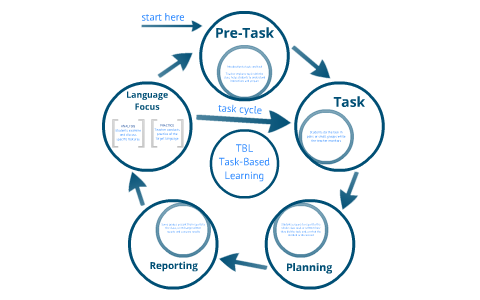Linguistics is the science that deals with the study of languages, both living and dead. His interest lies in its structures, the cognitive processes of the human being to communicate and its uses. However, his field of study is very broad; that is why it is divided into various branches or areas, which can be supported by other disciplines, such as sociology, history, anthropology, archeology, mathematics, physiology, and so on.
Linguistic studies are divided into general and specific. The former are devoted to the common properties of different languages; that is to say, in what they resemble. While the latter study a language or a family of languages, such as Germanic, Indo-European, Baltoslav, to name a few.
The last three chapters have dealt with the core areas of linguistics. Among them, phonetics / phonology, syntax, and semantics / pragmatics constitute the main levels of linguistics. Whichever branch of the topic we look at, we will inevitably find ourselves talking about them. We use the metaphor of a tree here because it seems the best way to capture the relationship between these core areas, collectively the "trunk," and the individual disciplines, or "branches," that sprout from them.
Sociolinguistics: the study of language and society.
Stylistics: the study of language and literature.
Psycholinguistics: the study of language and the mind.
Computational linguistics: the simulation of language through the use of computers.
Comparative linguistics: the study of different languages and their respective linguistic systems.
Historical linguistics: the study of language change over time.
Applied linguistics: the study of language teaching. (Sometimes you will find that stylistics and comparative linguistics are treated as sub-branches of applied linguistics.)
What are the Branches of Linguistics?
Main branches of linguistics
Linguistics has a diversity of branches that include specific studies of language. Some branches study communication or written language and others oral. Here are the main branches of linguistics.
1.- Phonology
Phonology is the branch that deals with the systematic organization of sounds in languages. Phonology is responsible for the abstract and grammatical characterization of systems of sounds or signs.
Traditionally it has focused on the study of phoneme systems in particular languages, but it can also cover any linguistic analysis, either at the level below the word (syllable or others) or at all levels of language where sound is considered structured. to convey linguistic meaning.
2.- Morphology
Morphology is the study of words, how they are formed, and their relationship to other words in the same language. Also, morphology looks at the structure of words and parts of words, such as stems, roots, prefixes, and suffixes.
Morphology also examines parts of speech, intonation and stress, and the ways in which context can change the pronunciation and meaning of a word.
3.- Syntax
Syntax is the set of rules, principles and processes that govern the structure of sentences in a given language, specifically word order and punctuation.
The term syntax is also used to refer to the study of such principles and processes. The objective of this branch of linguistics is to discover the syntactic rules common to all languages.
4.- Phonetics
Phonetics is the branch of linguistics that encompasses the dissertation on the phonic resonances and perceptions of the human language or, in the case of sign languages, the equivalent aspects of signs.It refers to the physical properties of speech sounds or signals: their physiological production, their acoustic properties, their auditory perception and their neurophysiological state.
5.- Semantics
Semantics is the linguistic and philosophical study of meaning, in language, programming languages, formal logic, and semiotics. It deals with the relationship between signifiers such as: words, phrases, signs and symbols. Study what they represent, their denotation.
6.- Pragmatics
It is the branch of linguistics that tests the ways in which context contributes meaning to communication. Pragmatics encompasses the theory of speech, conversation during interaction, and other perspectives on language behavior in various humanitarian sciences.
Pragmatics is the study of how context affects meaning, such as how sentences are interpreted in certain situations (or the interpretation of linguistic meaning in context).
7.- Lexicography
Lexicography is divided into two separate, but equally important groups:
Practical lexicography is the art or craft of compiling, writing, and editing dictionaries.
Theoretical lexicography is the academic discipline that analyzes and describes the semantic, syntagmatic and paradigmatic relationships within the lexicon (vocabulary) of a language.
8.- Lexicology
Lexicology is the part of linguistics that studies words. This may include their nature and function as symbols, their meaning, the relationship of their meaning to epistemology in general, and the rules of their composition beginning with smaller elements.
Lexicology also involves relationships between words, which may involve semantics (eg, love vs. affection), derivation (eg, fathomable vs. unfathomable), sociolinguistic usage and distinctions (eg, pulp vs. meat), and any other issue involved. in the analysis of the entire lexicon of a language.
WEBSITES
https://link.springer.com/chapter/10.1007/978-1-349-27748-3_6














